Hey guys! The Catholic All Year Liturgical Living Video for July is here! It’s about the brown scapular and other sacramentals. What are they? Why are they? How do we use them? What do we do with them if they break or get worn out? All your burning questions . . . answered. (See what I did there?) ✝📿🏅🔥🕳 Check it out, and read on here for even more on the history and proper use of the brown scapular and more details about Catholic sacramentals.
Stay tuned to the end of the show for some recommendations of a few of my favorite books for middle grade kids. These are almost as popular as burning stuff with all the 6-12 year olds in my house. (Links for the books and a 25% off code are at the bottom of this post.)
See all the videos here. Get the Catholic All Year Compendium here. See the Catholic All July Prayer Booklet here as a print-at-home pdf or here as a paperback booklet.
The Feast of Our Lady of Mount Carmel is coming up on July 16th, and we have a great love for Our Lady of Mount Carmel around here.

And for her brown scapular. We attend a Carmelite parish. The husband went to a Carmelite boys’ high school in Chicago, as did his brother, and their mom recently retired from teaching there for many, many years. Jim has been wearing the brown scapular continuously since at least . . .

So, what’s the deal with the brown scapular? We think of it as little brown rectangles on some cord, but for Carmelite men and women, the brown scapular is part of their habit. It’s a brown wool apron-like piece of cloth that hangs down in the front and back, over the tunic. See more about the Carmelite habit here.
In the 12th century, during the Crusades, a group of western hermits took up residence on Mount Carmel in the Holy Land. From this group formed the Carmelite order, and they named themselves after Our Lady and where they lived, Mount Carmel. When the Crusaders had to flee the Holy Land, the Carmelites also returned to Europe. Tradition tells us that in the 13th century, Our Lady appeared to Carmelite Saint Simon Stock in Aylesford, Kent, England and gave him the brown scapular. It is considered to be a way that Our Lady “clothes” the Carmelites as a mother clothes and protects her children.
An early reference to this tradition, dating from the late 14th century, states that, “St. Simon was an Englishman, a man of great holiness and devotion, who always in his prayers asked the Virgin to favor his Order with some singular privilege. The Virgin appeared to him holding the scapular in her hand saying, ‘This is for you and yours a privilege; the one who dies in it will be saved.'”
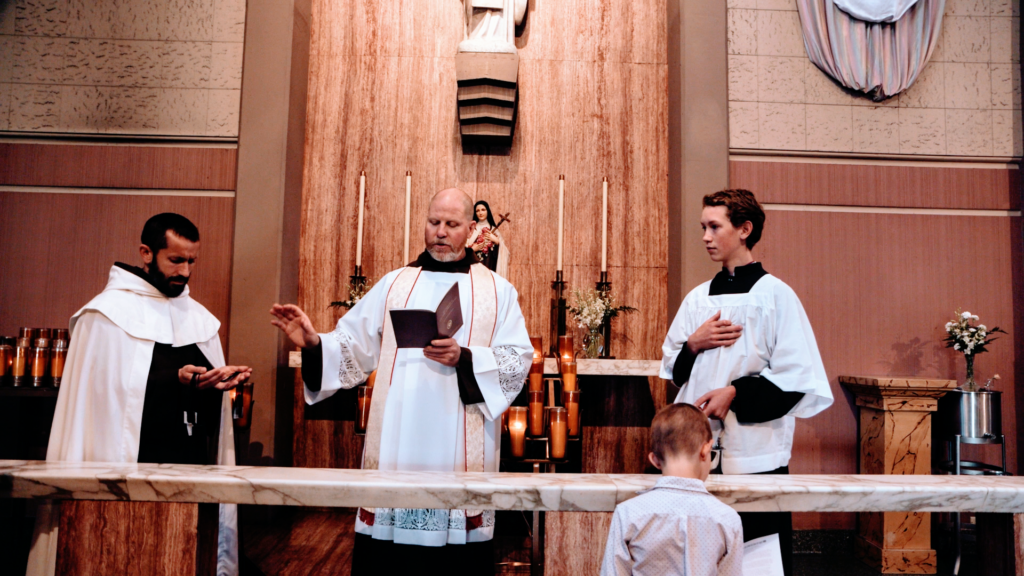
In subsequent centuries, after the smaller version of the brown scapular was shared with lay people and became a popular devotion, this and other “scapular promises” have sometimes been misunderstood as a promise that a person wearing the brown scapular would go to heaven, no matter what. However, for a Carmelite, to remove one’s habit meant to leave the order. To “die in” the scapular meant to die in his or her habit, and therefore as a faithful and practicing religious.
Similarly, today, the wearing of the brown scapular is understood to be an outward sign of an inward faith, and a desire to imitate and share in Carmelite spirituality, according to one’s state of life. If one lives a devout life, then yes, one is sure to be saved, but the brown scapular is a REMINDER of that, not the cause of it.
To wear a brown scapular, a person must be invested by a priest. Any priest can do it, but a Carmelite priest would be especially happy to do it for you. Just bring along a brown wool scapular (cheap ones are widely available, I think In Gold of Ophir makes THE most beautiful hand-embroidered ones), a copy of the prayers (I’ve got a printable version here), and, if possible, speak to Father ahead of time to see if he’s available to do it for you. After being invested, you may replace the scapular as needed, and the blessing and investiture transfer.
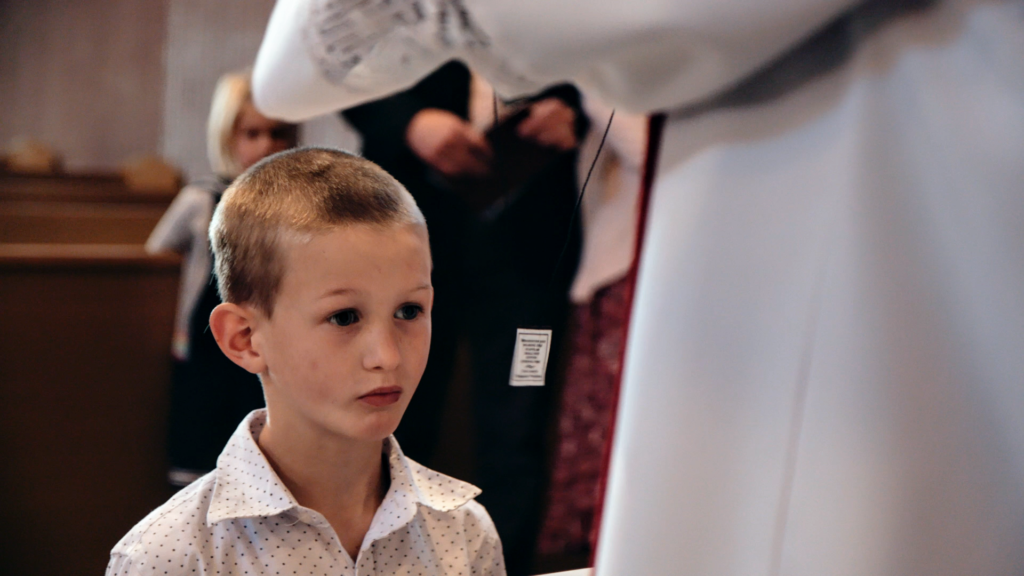
By being invested we are committing ourselves to sharing in the spirituality of the Carmelite order. This gives us both privileges and responsibilities. One who wears the Brown Scapular should . . .
- Participate frequently in the Mass and receive Holy Communion often.
- Read sacred scripture.
- Regularly pray at least part of the Liturgy of the Hours or pray a daily Rosary.
- Practice devotion to and imitation of Mary.
- Practice the virtues, especially charity, chastity (according to one’s state of life), and obedience to the will of God.
In short, the brown scapular isn’t a magic talisman, it’s a sacramental. Sacramentals are “sacred signs which bear a resemblance to the sacraments. They signify effects, particularly of a spiritual nature, which are obtained through the intercession of the Church. By them, men are disposed to receive the chief effect of the sacraments, and various occasions in life are rendered holy.” (CCC 1667 / Can. 1166)
Sacramentals include things we can touch, like crucifixes, rosaries, holy water and oils, relics, and religious images, and also things like blessings and the sign of the cross. The use of sacramentals helps prepare us to better receive the graces available in the sacraments.
Sacramentals are often blessed by a priest at the request of the owner of the item. The blessing of the brown scapular is part of the investiture. This blessing, which is a sacramental in itself, makes the sacramental object, in a way a DOUBLE sacramental!
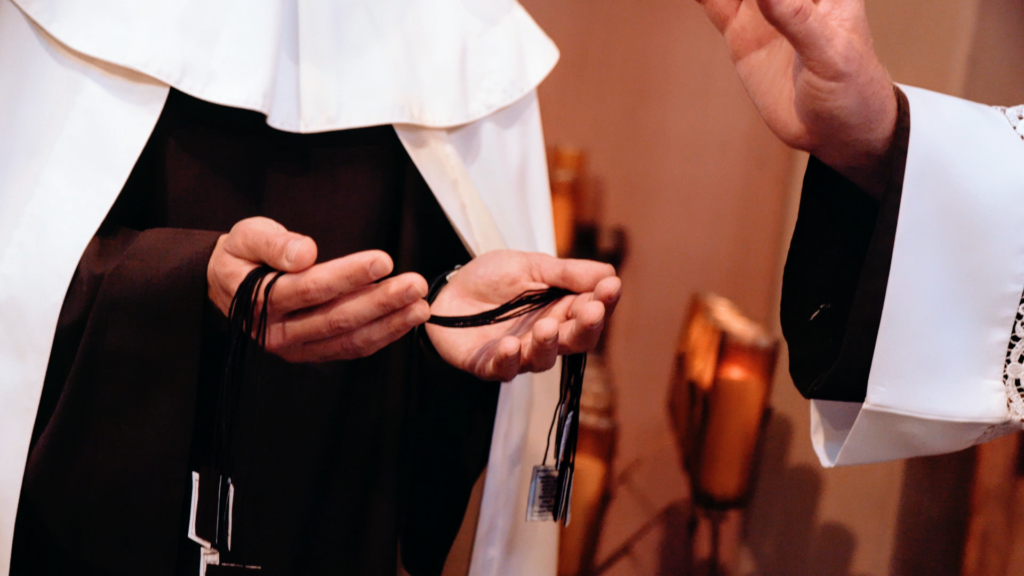
But the blessing of an object is permanent, and creates requirements for us: “Sacred objects, set aside for divine worship by dedication or blessing, are to be treated with reverence. They are not to be made over to secular or inappropriate use, even though they may belong to private persons.” (Can. 1171)
Blessed objects must be treated with respect while in one’s possession. They must be donated, sold, or given away carefully, always attempting to ensure that they will be treated with respect by the new owner. And, if they are broken or become unusable, they must be disposed of properly, by being returned to God through burning the object, then burying the ashes, or where this isn’t possible, just burying the object. (This according to the 1874 Sacred Congregation for the Rites and the Holy Office instructions on the disposal of blessed items.)
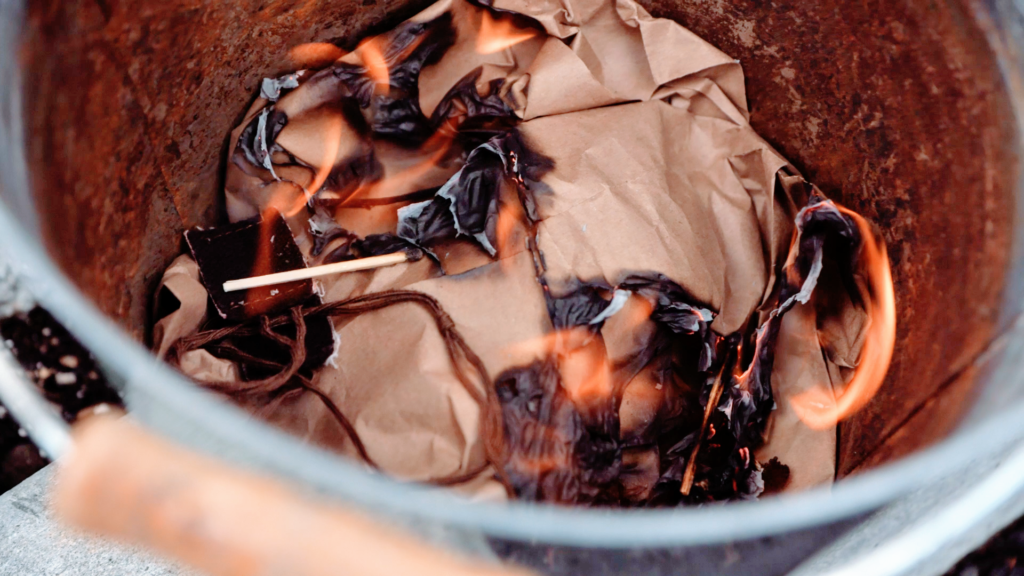
See this post for how to dispose of religious objects that aren’t blessed.
In our house, we keep broken or used-up blessed objects that cannot be repaired in a drawer, and every so often, the kids get to burn and/or bury them, which is a very popular chore!
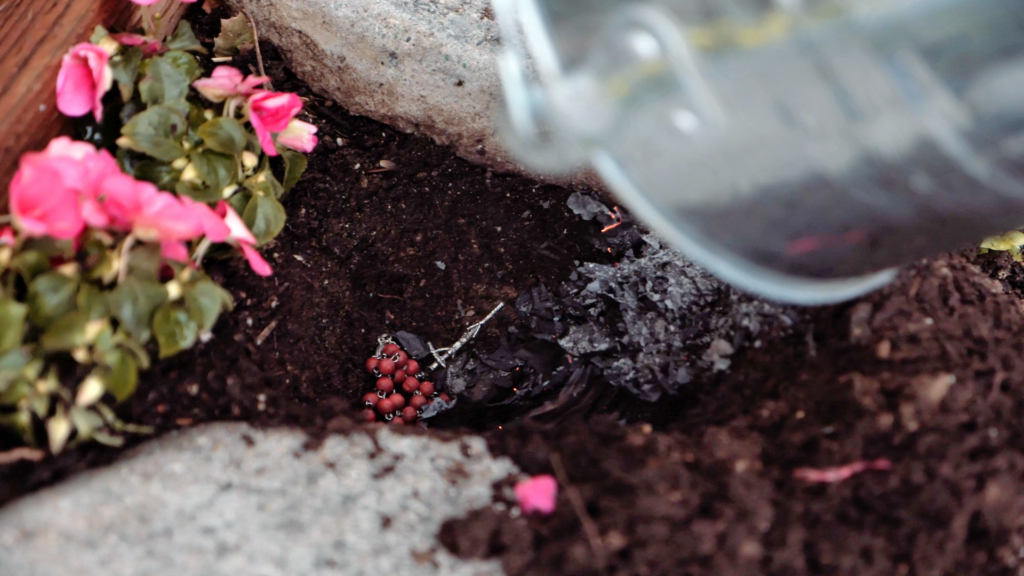
My grateful thanks to my friend Elizabeth Mirzaei who shoots and edits these videos single handedly, to the good folks at Ignatius Press who are generously sponsoring the videos for the rest of the year, to the husband and kids and goddaughter for being such good sports about participating, to Fr. Philip and the rest of our Carmelite friends at St. Therese Parish in Alhambra for hosting us, and to all of you for watching!
At the end of the video, I recommend a few books that are favorites of my middle kids: The Loupio Series, which is a four-volume set of comic-book-style stories about a boy who encounters St. Francis. It’s a fun read.
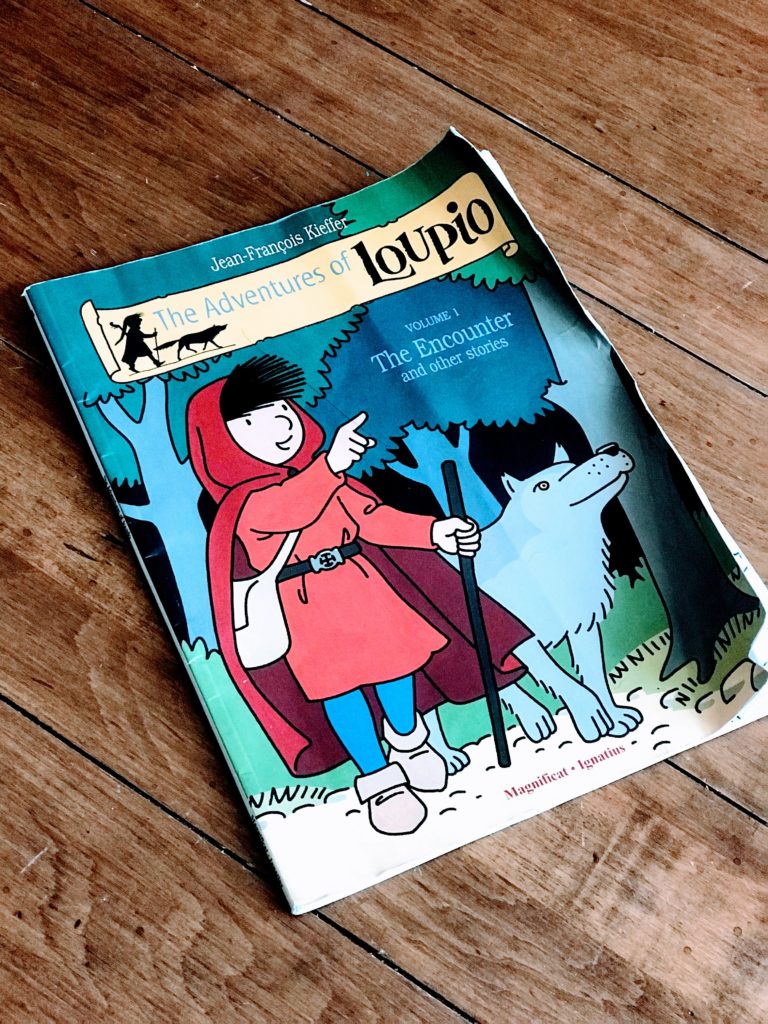

And The Life of Jesus According to Saint Luke, and Who is Jesus: His Life, His Land, His Time. Both books are beautifully illustrated.

The first book is the Gospel of Luke, broken into short stories, with helpful side notes.

The second is REALLY excellent and unique. It’s kind of like the notes in an annotated Bible, but with cool illustrations. It answers all those pesky questions kids assume that moms just know the answers to, like how much a denarius is worth, and how fishing worked in Bible times. Not my areas of expertise. So I like that my kids (and I) can consult this book.
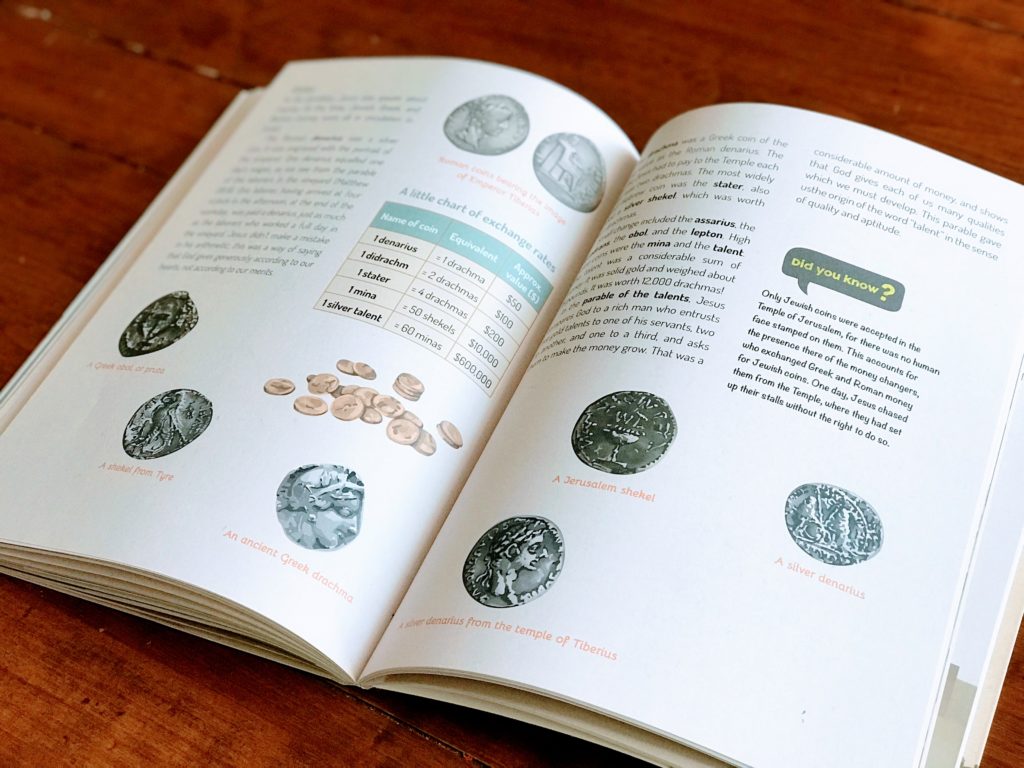
Ignatius is offering 25% off of any or all six of these books! Just use the code CAY25 when you order on the Ignatius website.
- The Adventures of Loupio, Volume 1
- The Adventures of Loupio, Volume 2
- The Adventures of Loupio, Volume 3
- The Adventures of Loupio, Volume 4
- The Life of Jesus according to Saint Luke
- Who Is Jesus?
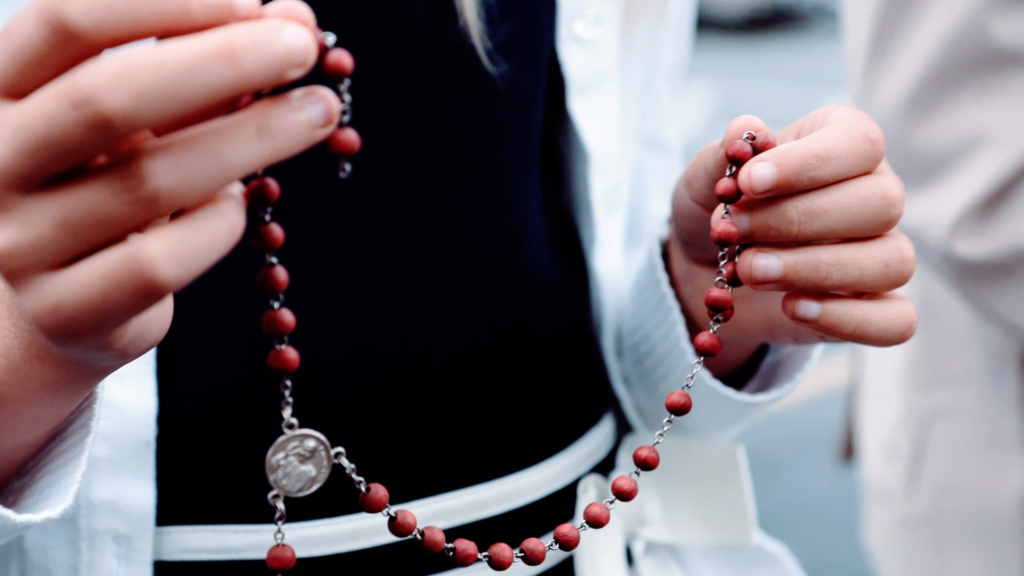
P.S. One small note to folks looking to have rosaries repaired. I think it is most prudent to get sacramentals from businesses with a known Catholic affiliation. This is more difficult to accomplish than you’d think, at least if you’re looking at the first couple results on google. The Sisters of Carmel / Carmelite Monastery of the Sacred Hearts accept rosaries for repair through the mail and sell lovely sacramentals, however, they are unfortunately in an irregular situation since their founding and are not in good standing with the bishop of their diocese, and it is my understanding that they are not a recognized branch of the Carmelite order. The owners of rosaryshop.com say in their about section that they are part of a schismatic group. I suppose one could debate about whether that matters, but to me it feels like it does, and I was troubled when I found out about the status of the Sisters of Carmel, as we had used their services in the past. I verified via FB Messenger that the owner of Benedict’s Beads, who sells handmade rosaries and does rosary repairs, is a Catholic in good standing (and, yes, he did think it was odd of me to ask), so that’s where we plan to send broken rosaries in the future (this one was missing the majority of its beads and didn’t have sentimental value, so we buried it for the video shoot). There are also makers on Etsy and Peter’s Square who do rosary repair, who are probably Catholic, right? But who knows?! If you do rosary repairs (or make scapulars) and are loyal to the magisterium, feel free to drop your link in the comments!
P.P.S. If you’re wondering what we usually do to celebrate Our Lady of Mount Carmel on July 16th . . . it’s CARaMEL BROWNie sundaes!



I didn’t know the Carmelite scapular is that apron piece! You’re so full of good trivia.
Thank You for this informative post.
Marion
I did rosary repairs at my parish back home and I had Rosary Club for the kiddos after school a few times a year, but they only made mission rosaries. My kiddos religion teacher (also my former teacher at the same school) often gave me hand-me-down rosaries from deceased parishioners whose families didn’t want them. I have obtained some of my favorite rosaries this way and one sweet little lady gave me one from her 100-yr-old neighbor. Any guess how old that puppy is or how many rosaries have been prayed on it? I typically request a rosary prayed for my family’s intentions as payment, but I have been the very humbled recipient of masses said for a year and other such unspeakable goodies.
I also have lots of leftover rosary supplies and broken rosaries from our former convent that were gifted me from the parish which is where I got my start with Rosary Repair (although I am a self taught with basic jewelry techniques since I was a little girl).
I would love to have broken rosaries to make chaplets out of or for parts to repair other broken rosaries.
My favorite rosary and scapular makers are at my daughter’s Carmelite monastery…… They don’t actually sell them – you have to visit them and there is a suggested donation for them. My favorite rosary is my “wonk” rosary that is made of knotted brown yarn and wooden beads. One decade has 11 beads instead of 10 – one more Hail Mary for me. 😉
Thank you for all this wonderful information! I love reading your blog!
For Rosary repair, check with your local parish to see if there is an Altar & Rosary Society–ours has a group of Rosary makers who are also very willing to repair rosaries.
I’m so glad I found this post! I have a rosary given to me by my godmother when I was baptized as a baby and I’ve been looking for someone who repairs rosaries because Jesus became separated from the cross so I’ve kept it in a small jewelry box until I was able to get it fixed.